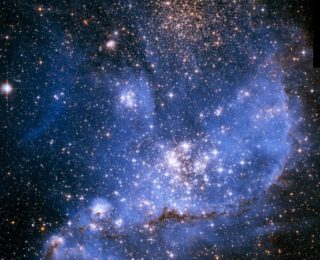
Making Blue Photons in Dwarf Galaxies
How good are dwarf galaxies from the ancient past at making ionizing photons?

How good are dwarf galaxies from the ancient past at making ionizing photons?
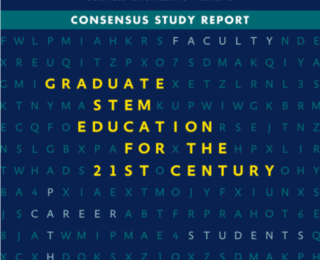
In 2018, the National Academy of Science, Engineering and Math released a report detailing the current state of graduate education in STEM fields. Included is a list of recommendations that stakeholders should follow to address problem areas.
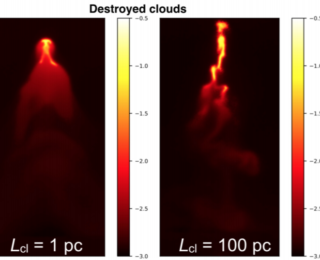
What processes will disrupt a cloud of gas passing through the circumgalactic medium?
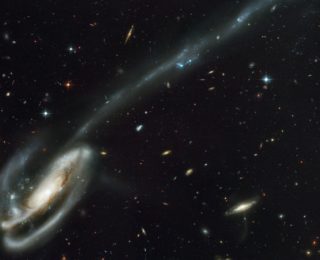
Using simulations of a Milky Way-sized elliptical galaxy, astronomers study how stellar substructures can tell us about past merger events.
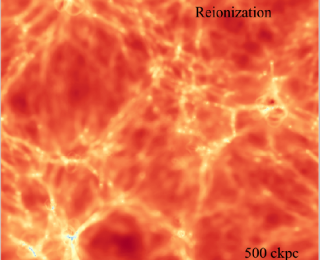
Why do some dwarf galaxies exhibit such old stellar populations? Perhaps simulations of reionization including radiative transfer can help to explain this peculiar trait.